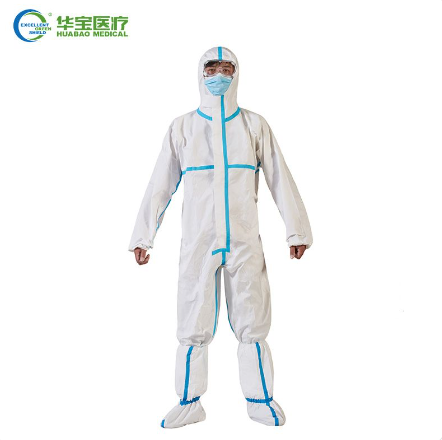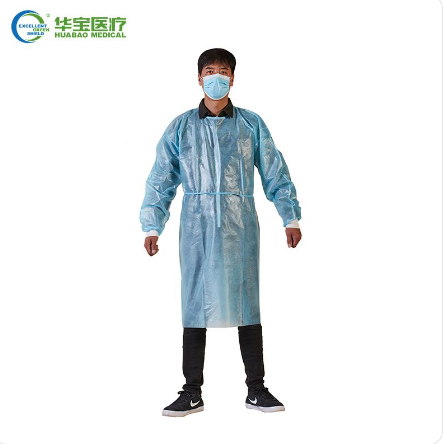While Medical protective clothing and isolation gowns are essential protective equipment used by medical staff to prevent the spread of infectious diseases, there are fundamental differences between them. The main difference between medical protective clothing and isolation gown is that medical protective clothing is more durable than isolation gown, with a higher level of protection and better protection performance. In addition to meeting the requirements of high-strength, high-abrasion and other wearing requirements, the two are often different due to different protection purposes and principles. Although medical protective clothing is better than isolation gowns, the cost is relatively high, so the choice of medical protective clothing is different for various jobs. This article will delve into the distinct features of medical protective clothing and isolation gown to help you make the right choice when it comes to selecting the appropriate protective gear for different medical tasks.


The primary function of medical protective clothing is to protect clinical medical staff from coming into contact with patients with Class A or managed as Class A infectious diseases. On the other hand, isolation gowns are protective equipment used to prevent medical staff from getting contaminated by blood, body fluids, and other infectious substances during contact, or to protect patients from infection.
Medical protective clothing is a one-way isolation to prevent medical staff from being infected, and it is mainly aimed at medical staff. Isolation gowns, on the other hand, are a two-way isolation that prevents medical staff from getting infected or contaminated and prevents patients from being infected.
Isolation gowns are worn in the following instances:
When in contact with patients with infectious diseases spread by contact, such as infectious diseases or multi-drug-resistant bacterial infections.
When patients require protective isolation, such as those undergoing diagnosis, treatment, and nursing of patients with extensive burns and bone marrow transplantation.
When paramedics may come into contact with the patient's blood, body fluids, secretions, and feces.
Whether to wear isolation gowns when entering special departments such as ICU, NICU, protective wards, etc., should depend on the medical staff's purpose and contact with patients, as well as internal regulations.
Medical protective clothing, on the other hand, is worn when medical staff come into contact with patients with airborne and droplet-borne infectious diseases, or when there is a chance of being splashed with the patient's blood, body fluids, secretions, and feces.
Medical protective clothing has several advantages over isolation gowns:
Medical protective clothing is more durable and offers better protection performance than isolation gowns, which makes it more effective in blocking viruses, bacteria, and other harmful substances, thus preventing medical staff from getting infected during diagnosis, treatment, and nursing.
Medical protective clothing is designed with the wearers' comfort and safety in mind. It has better moisture permeability, flame retardancy, and alcohol corrosion resistance, making it more comfortable to wear.
Medical protective clothing and isolation gowns serve different purposes and are designed to meet specific protection needs. By understanding the differences between the two, medical staff can select the appropriate protective gear for their different job requirements. It is essential to note that while medical protective clothing is more effective in protecting against infection, it comes at a relatively higher cost, making it necessary to make informed choices when it comes to selecting protective gear. We are a medical protective clothing supplier. Contact us for more information.